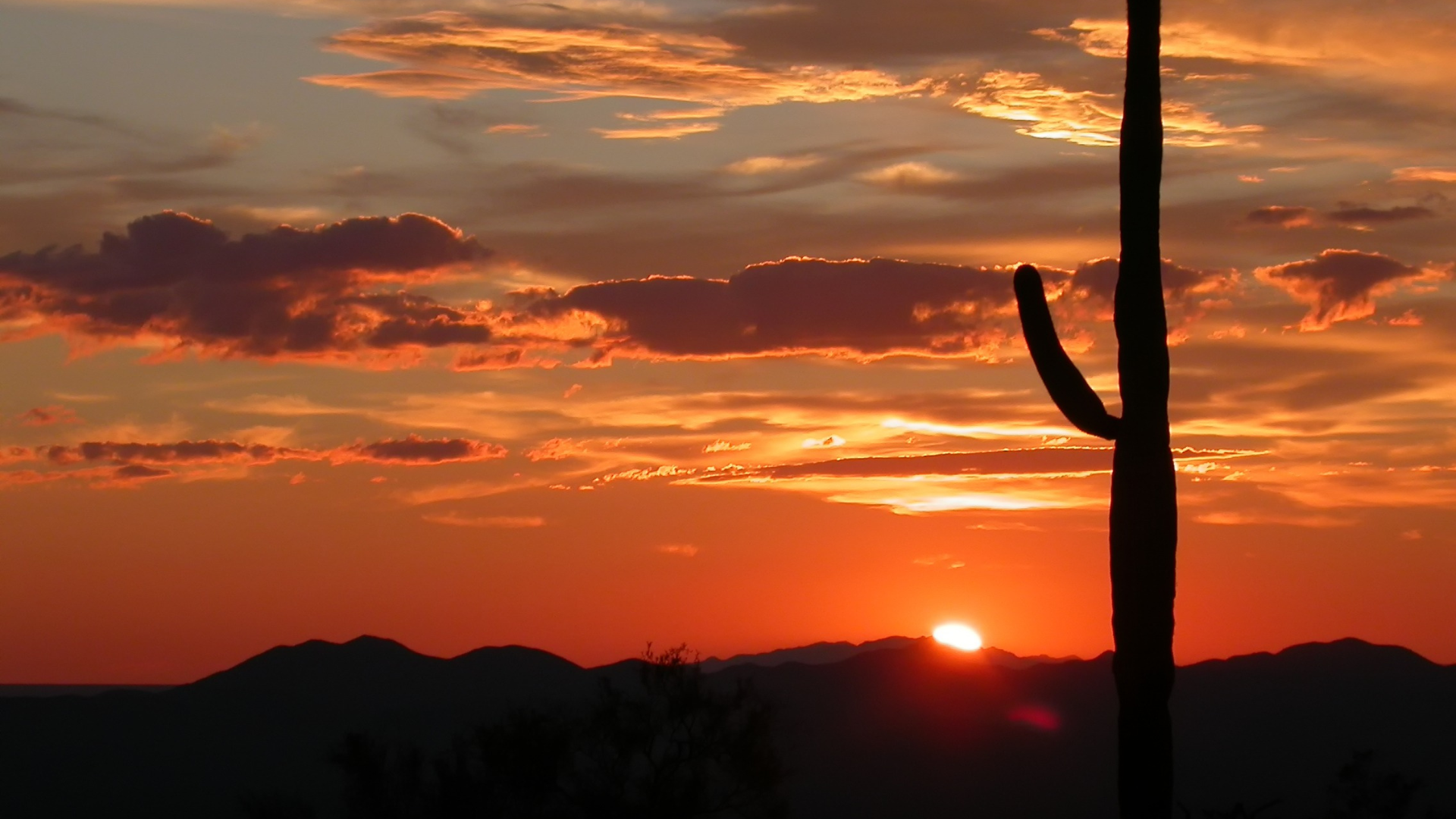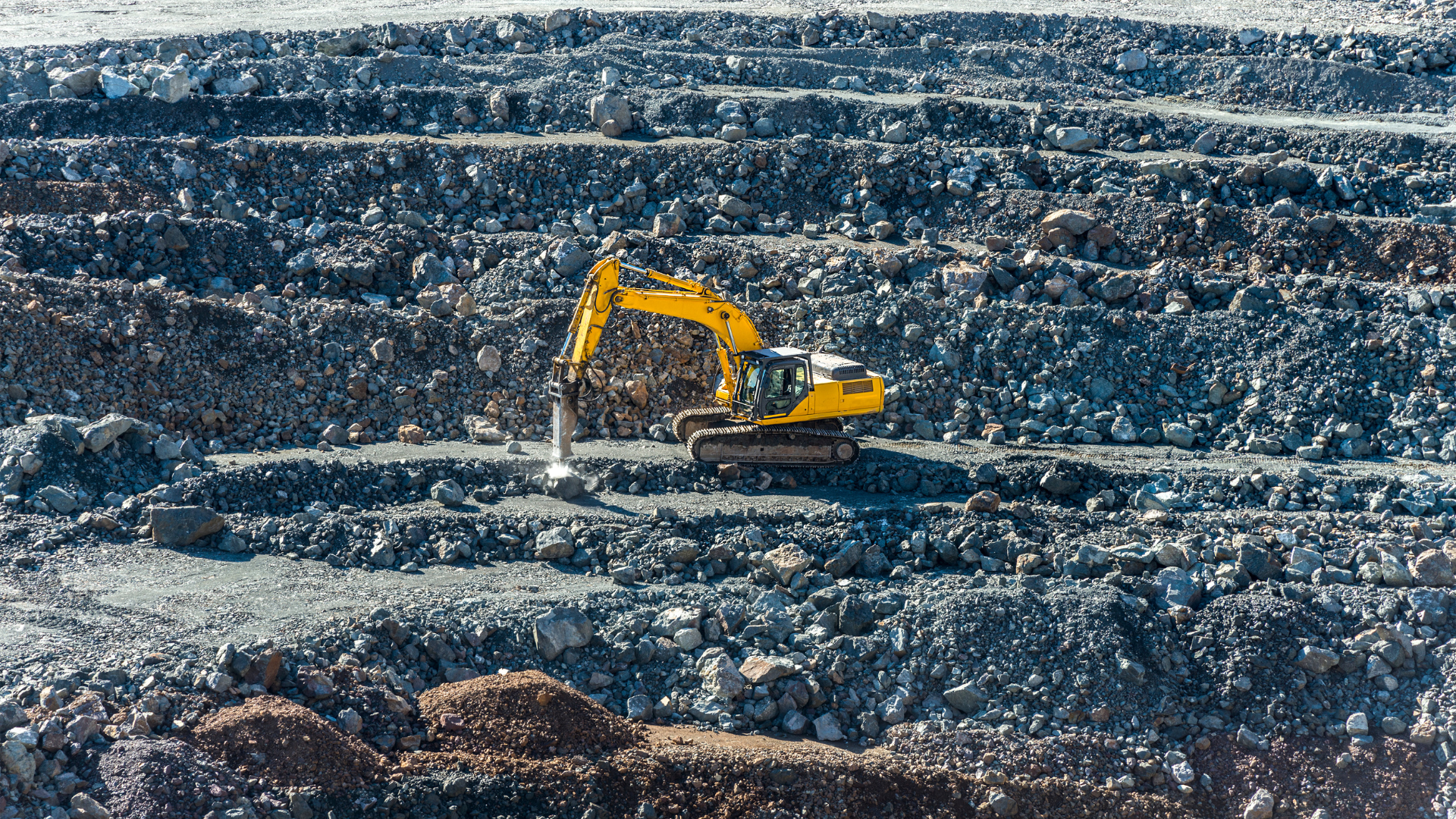Chi'chil Biłdagoteel, known by many as Oak Flat, is a site of profound cultural, spiritual, and environmental significance in Arizona. Efforts to protect this area stem from its sacred status among Indigenous communities, its environmental importance, and concerns over religious freedoms. When we moved to Arizona in the early 2000s, “Oat Flat” was one of the first places my family wanted to share. We have spent time camping, hiking, basking in the sunshine, appreciating the views, and rock climbing on routes in nearby Queen Creek Canyon, and we value this place beyond measure.
 Cultural and Spiritual Significance
Cultural and Spiritual Significance
For the San Carlos Apache Tribe and other Indigenous groups, Oak Flat is akin to a church or temple. It is a place for traditional ceremonies, including the Sunrise Ceremony, a rite of passage for young Apache girls as they transition into womanhood, and is integral to spiritual practices and community life for Apache people. The land’s unique geography, including ancient oak groves, streams, and rock formations, holds spiritual significance as it is believed to be imbued with the presence of their ancestors and deities. The site's sacredness is deeply embedded in the traditions and identities of these communities. Destroying this site would disrupt these religious practices and desecrate a holy place. Native peoples around Arizona and from around the country have joined with the Apache people to work to save this site.
"Oak Flat is where our Creator has placed our spirit... It is our most sacred site where we connect with our ancestors, with the Creator."
— Wendsler Nosie Sr., Apache Stronghold leader (Native News Online, 2023)
Environmental Concerns
The proposed mining operations by Resolution Copper, a joint venture of BHP and Rio Tinto, threaten to create a massive sinkhole, potentially collapsing a region approximately two miles wide and 1,100 feet deep. This poses significant risks to local ecosystems, water sources, and the broader environmental health of the region.
 Water Usage and Contamination
Water Usage and Contamination
Copper mining is notoriously water-intensive, and Arizona's arid climate compounds concerns over water scarcity. The Resolution Copper mine is expected to consume billions of gallons of water annually, threatening groundwater supplies in the region. This is particularly concerning given Arizona’s ongoing drought and its reliance on the already stressed Colorado River system.
Additionally, mining operations can lead to water contamination. The process of extracting and processing copper ore generates toxic waste, including heavy metals and chemicals like sulfuric acid. These pollutants pose a risk of leaching into local water sources, endangering aquatic ecosystems and human health.
Destruction of Biodiversity
The Oak Flat area, where the mine is proposed, is home to a diverse range of flora and fauna. The unique ecosystem includes ancient oak groves, rare plant species, and habitats for various animals, such as the endangered Arizona hedgehog cactus and the desert tortoise. The destruction of these habitats for mining operations could lead to irreversible biodiversity loss.
Moreover, the mine's potential creation of a massive sinkhole—spanning nearly two miles wide and 1,100 feet deep—would obliterate this environment entirely, leaving behind a barren landscape unsuitable for wildlife or vegetation.
 Air Pollution and Greenhouse Gas Emissions
Air Pollution and Greenhouse Gas Emissions
Mining operations contribute significantly to air pollution through the release of dust, particulate matter, and emissions from heavy machinery. These pollutants can affect air quality in surrounding communities, leading to respiratory and cardiovascular issues for residents.
Additionally, the Resolution Copper project would generate substantial greenhouse gas emissions, exacerbating climate change. Despite copper's role in renewable energy technologies, the environmental costs of its extraction raise questions about sustainable mining practices.
Tailings and Toxic Waste Management
One of the most pressing concerns is the management of mine tailings—the waste material left after copper extraction. Tailings contain toxic substances and, if not properly contained, can lead to environmental disasters. Tailings dams, used to store this waste, have a history of catastrophic failures worldwide. A breach in the Resolution Copper tailings dam could devastate nearby communities and ecosystems.
Religious Freedom and Legal Implications
The transfer of Oak Flat to a mining company raises serious questions about the protection of Indigenous religious freedoms. Advocates argue that the destruction of this sacred site would constitute a violation of religious rights, as the sanctity of holy ground is not diminished by the absence of man-made structures like steeples.
Legal Protections for Religious Freedom
The U.S. Constitution and federal laws like the American Indian Religious Freedom Act (AIRFA) (1978) and the Religious Freedom Restoration Act (RFRA) (1993) are designed to protect the rights of all people to practice their religion without interference. However, the transfer of Oak Flat to Resolution Copper under a 2014 congressional rider bypassed these protections.
The Apache Stronghold, a coalition of tribal members and allies, filed lawsuits arguing that the mining project violates RFRA by substantially burdening their religious practices. In 2022, a federal appeals court initially ruled in favor of the Apache Stronghold, but this decision was later overturned, leaving the case in legal limbo. The Apache Stronghold is now seeking a hearing before the U.S. Supreme Court.

Apache Stronghold is one grassroots group opposing the Resolution Copper project; they are being represented by attorney Luke W. Goodrich of the Becket Fund for Religious Liberty. In response to these concerns, legislative measures such as the Save Oak Flat Act have been introduced to prevent the land transfer and protect the site. Currently, Apache Stronghold has petitioned the Supreme Court to intervene. An answer is expected on January 10, 2025. Advocacy groups, environmental organizations, and religious freedom proponents continue to campaign for the preservation of Oak Flat, emphasizing its irreplaceable value to Indigenous cultures and the environment.
The movement to save Oak Flat is driven by a convergence of cultural reverence, environmental stewardship, and the defense of religious freedoms. Protecting this sacred site is seen as essential to upholding the rights and heritage of Indigenous communities and preserving the ecological integrity of the region.
#OakFlat #SaveOakFlat #IndigenousRights #EnvironmentalConservation #SacredLand #ReligiousFreedom #ArizonaLandmarks #ProtectNature #Biodiversity #ApacheStronghold
Sources:
- Arizona Department of Water Resources. (2023). Arizona's Water Challenges and Mining's Impact on Resources.Retrieved from azwater.gov
- Center for Biological Diversity. (2022). Protecting Arizona’s Biodiversity from Mining Projects. Retrieved from biologicaldiversity.org
- U.S. Environmental Protection Agency (EPA). (2022). Impact of Mining Operations on Air and Water Quality. Retrieved from epa.gov
- Apache Stronghold. (2023). Cultural and Environmental Impacts of the Resolution Copper Mine. Retrieved from apache-stronghold.com
- MiningWatch Canada. (2022). Tailings Dam Failures and the Risks of Mining Waste. Retrieved from miningwatch.ca
- National Renewable Energy Laboratory (NREL). (2023). The Role of Copper in Renewable Energy Systems and Sustainable Practices. Retrieved from nrel.gov




